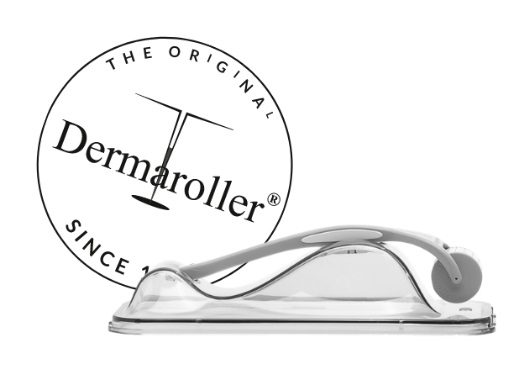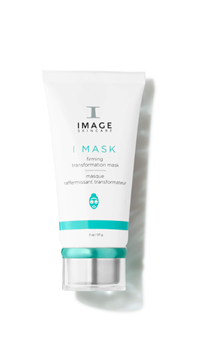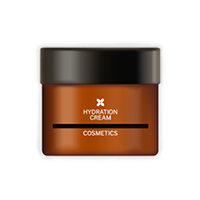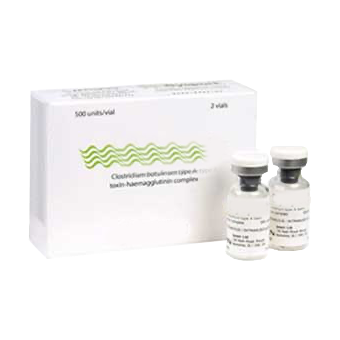 There’s no shortage of skincare trends promising brighter, bouncier, better-looking skin. But unlike the fleeting beauty buzzwords that fill our feeds, skin flooding has quietly earned its place as a hydrating beauty practice that’s worth adopting. Less about new miracle actives and more about method and gold standard ingredients, it’s a ritual rooted in restoring balance.
There’s no shortage of skincare trends promising brighter, bouncier, better-looking skin. But unlike the fleeting beauty buzzwords that fill our feeds, skin flooding has quietly earned its place as a hydrating beauty practice that’s worth adopting. Less about new miracle actives and more about method and gold standard ingredients, it’s a ritual rooted in restoring balance.And it’s not just Tik Tokers that have embraced the trend—skin experts are also turning to this technique to help repair barrier damage and reinvigorate dull, stressed-out complexions. But what exactly is skin flooding, and is it right for you? We asked Etre Vous Expert, Aesthetician and Founder of Ace Skin Health Clinic, Corina Mihalache, to explain all…
Why hydration matters
Hydration is the baseline for skin that functions properly. “When the skin is well hydrated, it can regenerate efficiently, maintain its elasticity and protect itself from external influences—moisture is needed to keep skin functions from collagen production to cellular turnover, ticking along,” explains Mihalache. When skin is starved of water, it shows—think more lines, wrinkles, texture, and dullness.Our skin barrier also bears the brunt of a lack of moisture which only leads to more issues, as Mihalache explains that, “a compromised skin barrier speeds up water loss, which leaves the skin vulnerable to irritation, breakouts, flare-ups of conditions like eczema or rosacea, and inflammation.”
Common causes of dehydration
Skin naturally loses water through transepidermal water loss (the evaporation of water from the skin’s surface), but modern living can majorly speed up the process. Whether it’s long-haul flights, central heating, air conditioning or sun exposure, environmental stressors lower hydration levels day by day. Internally, factors like stress, hormonal fluctuations, medications or simply not drinking enough water can leave your skin parched too.But often, the biggest culprit is your skincare routine. “Overusing strong actives, skipping moisturisers, or relying on harsh cleansers can strip the barrier and accelerate water loss. Even well-meaning routines can be too much for the skin to handle,” says Mihalache.
Skin flooding explained
At its core, skin flooding is about layering multiple hydrating steps while your skin is still damp, which encourages actives to pull water deeper into the skin. “Moisturising actives like hyaluronic acid work best when there’s moisture to draw from,” Mihalache explains. “Applying your products straight after cleansing, before your skin dries out, helps them absorb more effectively,” she adds.But there’s a catch. Without a sealing step, all that water can simply evaporate, leaving skin even drier than before. The trick? Lock it all in with a moisturiser rich in ceramides or fatty acids.
Hard working hydrators
It’s best to combat a lack of moisture with a number of actives. “Hyaluronic acid and polyglutamic acid are humectants that draw moisture into the skin and plump it from within. Glycerin offers similar benefits and supports barrier repair, panthenol helps soothe, and urea gently hydrates and exfoliates."And while ceramides aren’t hydrating per se, they’re key when it comes to locking moisture in and keeping the lipid barrier strong,” says Mihalache. Together, these ingredients form the backbone of a good skin flooding routine, thanks to their ability to quench thirsty skin and help build back its resilience.
The ultimate skin flooding routine
“You should start with a gentle, non-foaming cleanser to avoid stripping the skin, but a few times a week, you could use a cleanser with lactic or glycolic acid to clear away dead skin and enhance absorption of your hydrating products," shares Mihalache."Post cleansing, apply a hydrating mist or essence—ditch anything with alcohol—followed by a serum packed with humectants like hyaluronic or polyglutamic acid," she continues. "If you’re using a targeted serum, say, for pigmentation or redness, then this would go on next, followed by a barrier-repair moisturiser. At night, you might want to add a facial oil on top to really lock everything in.”
She also points out that “flooding doesn’t have to mean layering endlessly. For some skin types, a few well-chosen steps are enough.”
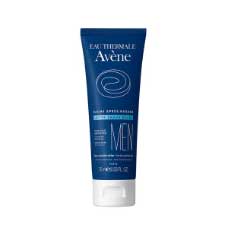
 Added to basket
Added to basket

 Unapplied Changes
Unapplied Changes


